This extraordinary architectural project has been designed to investigate space and how we inhabit it.

February 25th, 2022
LIN architecture has developed a prototype building that is not only aesthetically beautiful but seeks to realise just what space is and how it can be defined.
Setting aside functional elements, Wooden Pavilion #1 has been realised through deep thinking, translated into architecture. Situated in a beautiful tourist area surrounded by spectacular natural landscape, the project is the perfect place to reflect and understand just how people use the space around them.

The concept of the project began with research to uncover keywords that could define spatial elements in the environment.
Lead architects, Lin Lifeng and Chen Yuwei, began by observing the behaviour of people and incorporated the idea of proxemics into their vision; proxemics is the study of the human use of space and its effects.
The concept was developed by Columbia University anthropologist, Edward T Hall, and these ideas became a guide to the architects.

Lifeng and Yuwei delved more deeply, applying proxemics to physical space, discussing how intimate space, private space, social space and public space are defined and designed at different scales.
Also explored was the natural environment, and how the senses are affected.
This definition of human behaviour also included how people used space as they sat, squatted, lay down, meditated and even wandered through space.
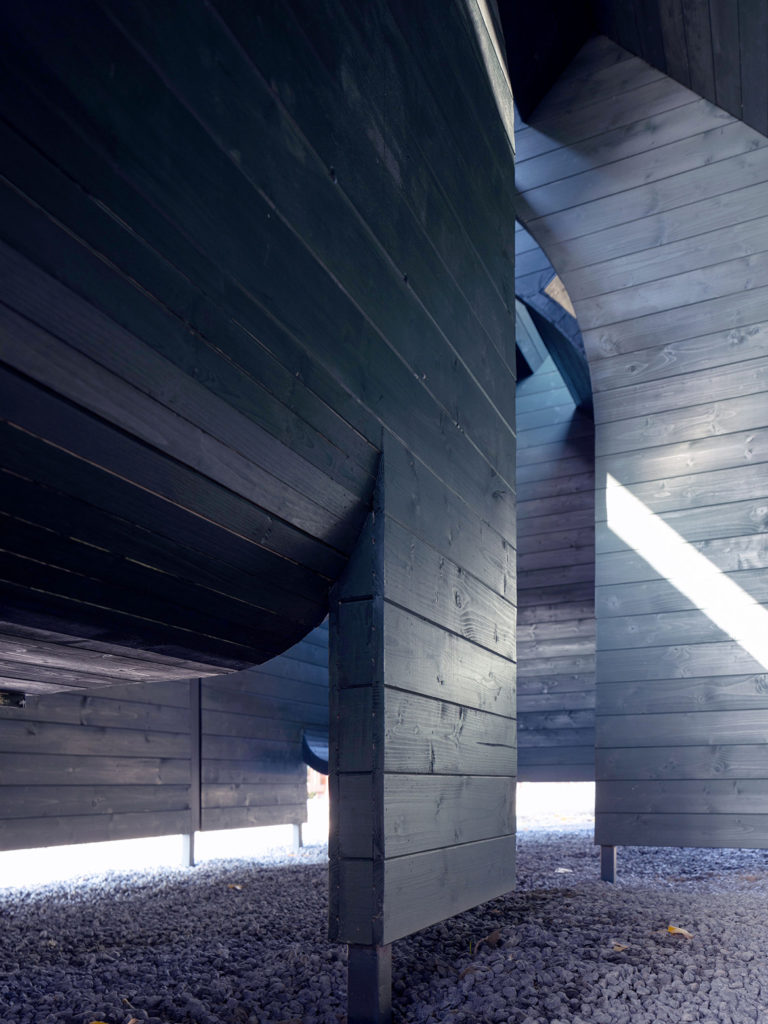
The material choice of Wooden Pavilion #1 is concise and simple with steel hot-bent to shape for the main structure, and timber as cladding that adds texture and complements the surrounding environment.
Both the steel and timber elements were prefabricated in a factory and welded together on site.
The design of the building pays homage to light and the movement of air, with shafts of natural light penetrating the interior and changing form and pattern throughout the day and season.
The simple lines of the structure create both intimate and grand gestures within and sweeping curves provide spatial interest as well as a human dimension.

This is a bold and creative project that seeks to discover and interpret ways that we live with and inhabit architecture.
In such a form, Wooden Pavilion #1 is a template for greater spatial understanding but also an outstanding design that enhances the natural environment in which it has been placed.
As a practice, LIN architecture is unique and has paved a very special design path since it was established by Lin Lifeng.

The studio is a cutting-edge design and research institution in Asia and works within architecture, urban, landscape, and interiors as well as interactive technology, cultural communication, design education and virtual construction.
It is holistic in its approach and seeks to create change.
The studio has contributed work to many world-wide major exhibitions such as the Venice Biennale, Milan Design week, Beijing International Design week and St Petersburg Design week and the LIN architecture team has extraordinary experience between them, having studied at many globally-renowned universities.
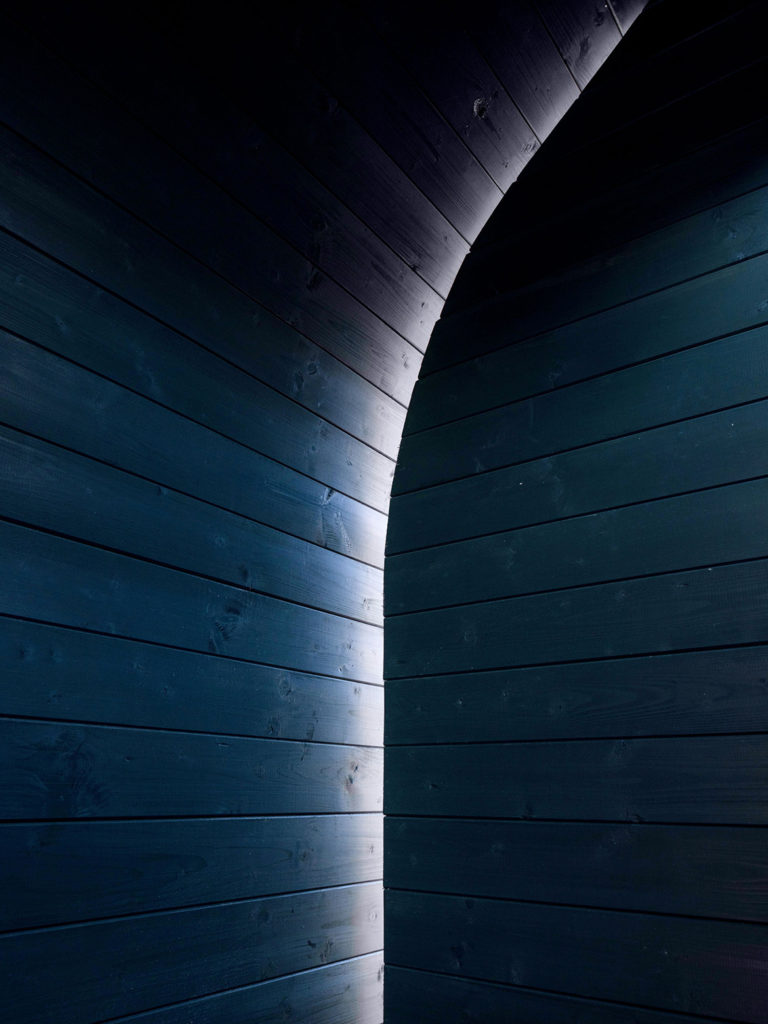
As the founder and principal architect, Lifeng has been recognised in Forbes 30 Under 30 in China and GenT Asia’s emerging pioneer in 2020, among other accolades.
This is one practice to watch, as it shapes architecture for today and the future.
LIN architecture
lin.archi
Photography
Songkai and Lin Lifeng
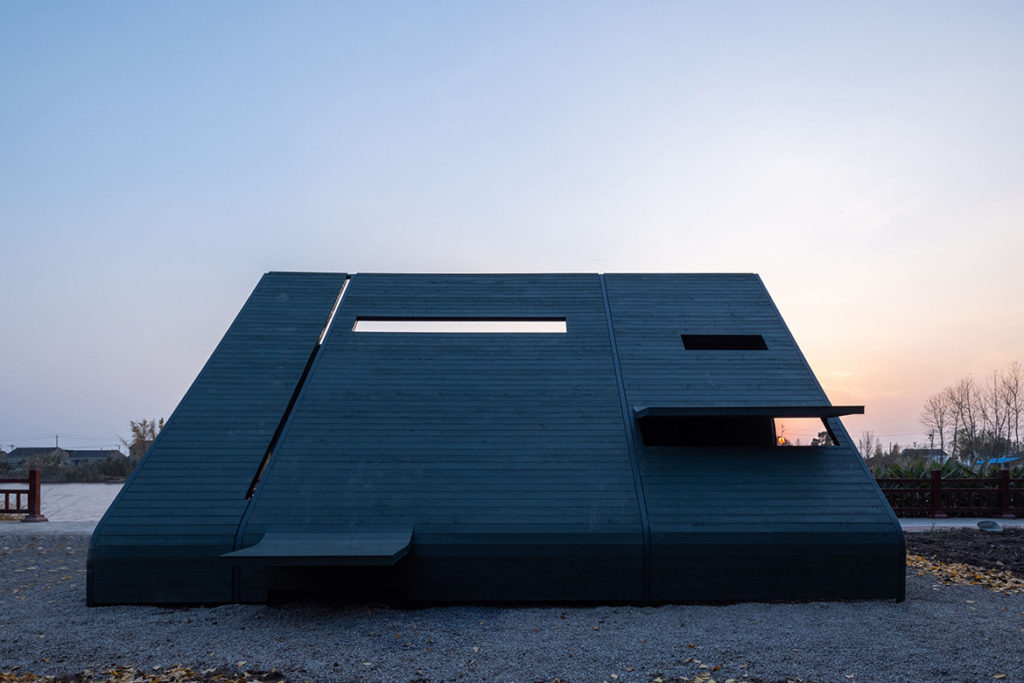
Do you have an amazing award-worthy architectural project? Here are five reasons you should enter the INDE.Awards.
INDESIGN is on instagram
Follow @indesignlive
A searchable and comprehensive guide for specifying leading products and their suppliers
Keep up to date with the latest and greatest from our industry BFF's!
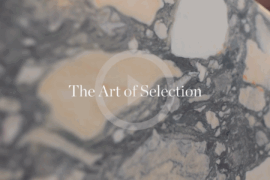
CDK Stone’s Natasha Stengos takes us through its Alexandria Selection Centre, where stone choice becomes a sensory experience – from curated spaces, crafted details and a colour-organised selection floor.

At the Munarra Centre for Regional Excellence on Yorta Yorta Country in Victoria, ARM Architecture and Milliken use PrintWorks™ technology to translate First Nations narratives into a layered, community-led floorscape.

In an industry where design intent is often diluted by value management and procurement pressures, Klaro Industrial Design positions manufacturing as a creative ally – allowing commercial interior designers to deliver unique pieces aligned to the project’s original vision.

Designed by Woods Bagot, the new fit-out of a major resources company transforms 40,000-square-metres across 19 levels into interconnected villages that celebrate Western Australia’s diverse terrain.

In an industry where design intent is often diluted by value management and procurement pressures, Klaro Industrial Design positions manufacturing as a creative ally – allowing commercial interior designers to deliver unique pieces aligned to the project’s original vision.
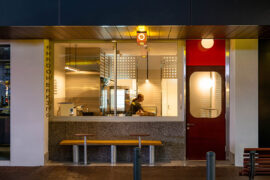
Working within a narrow, linear tenancy, Sans Arc has reconfigured the traditional circulation pathway, giving customers a front row seat to the theatre of Shadow Baking.

At the Munarra Centre for Regional Excellence on Yorta Yorta Country in Victoria, ARM Architecture and Milliken use PrintWorks™ technology to translate First Nations narratives into a layered, community-led floorscape.
The internet never sleeps! Here's the stuff you might have missed

Indesign Media is aware of recent reports raising serious concerns about Australian architectural photographer Derek Swalwell.
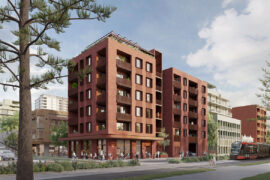
The Minns Labor Government has unveiled nine new architect-designed mid-rise apartment patterns, expanding the NSW Housing Pattern Book and accelerating the delivery of accessible, high-quality housing across the state.